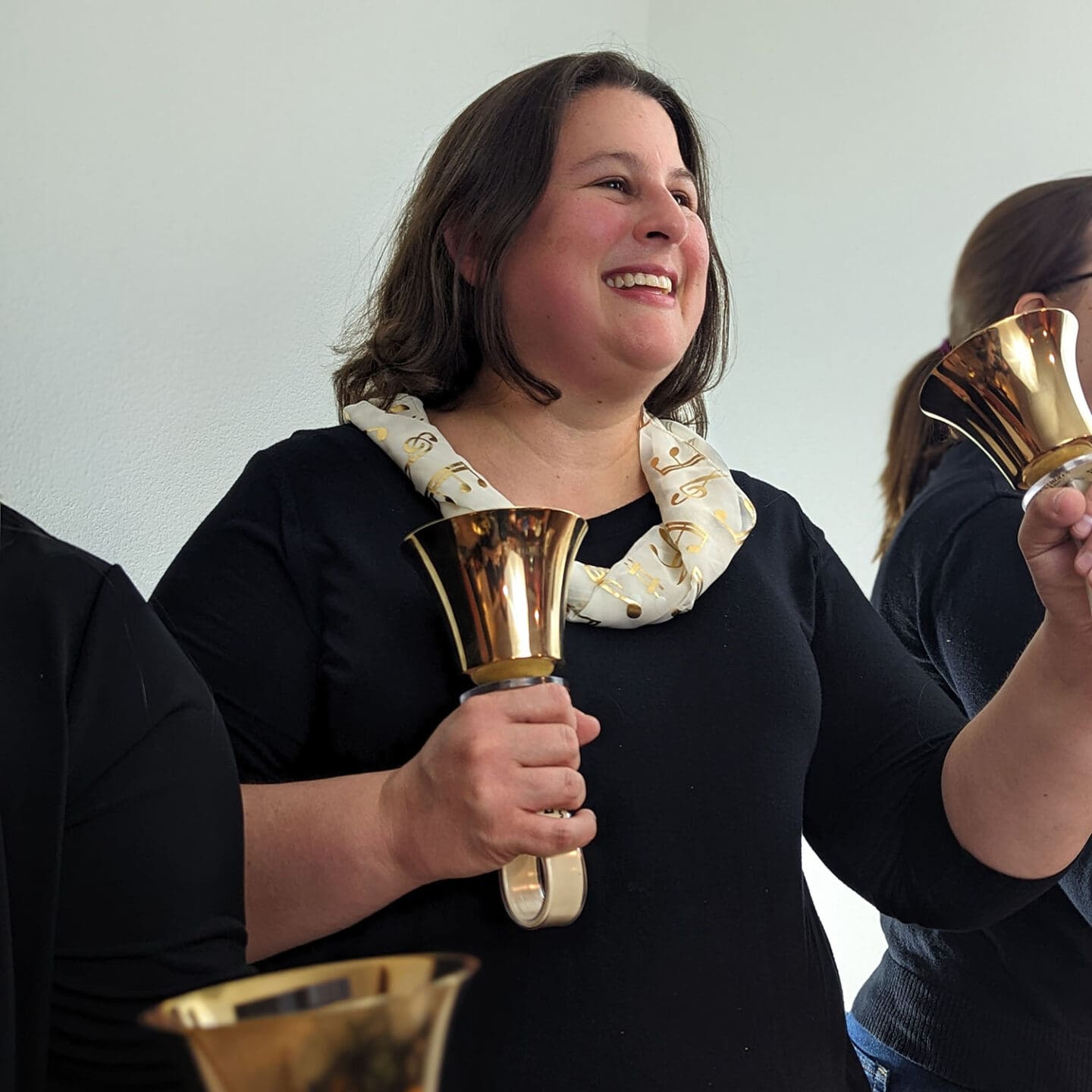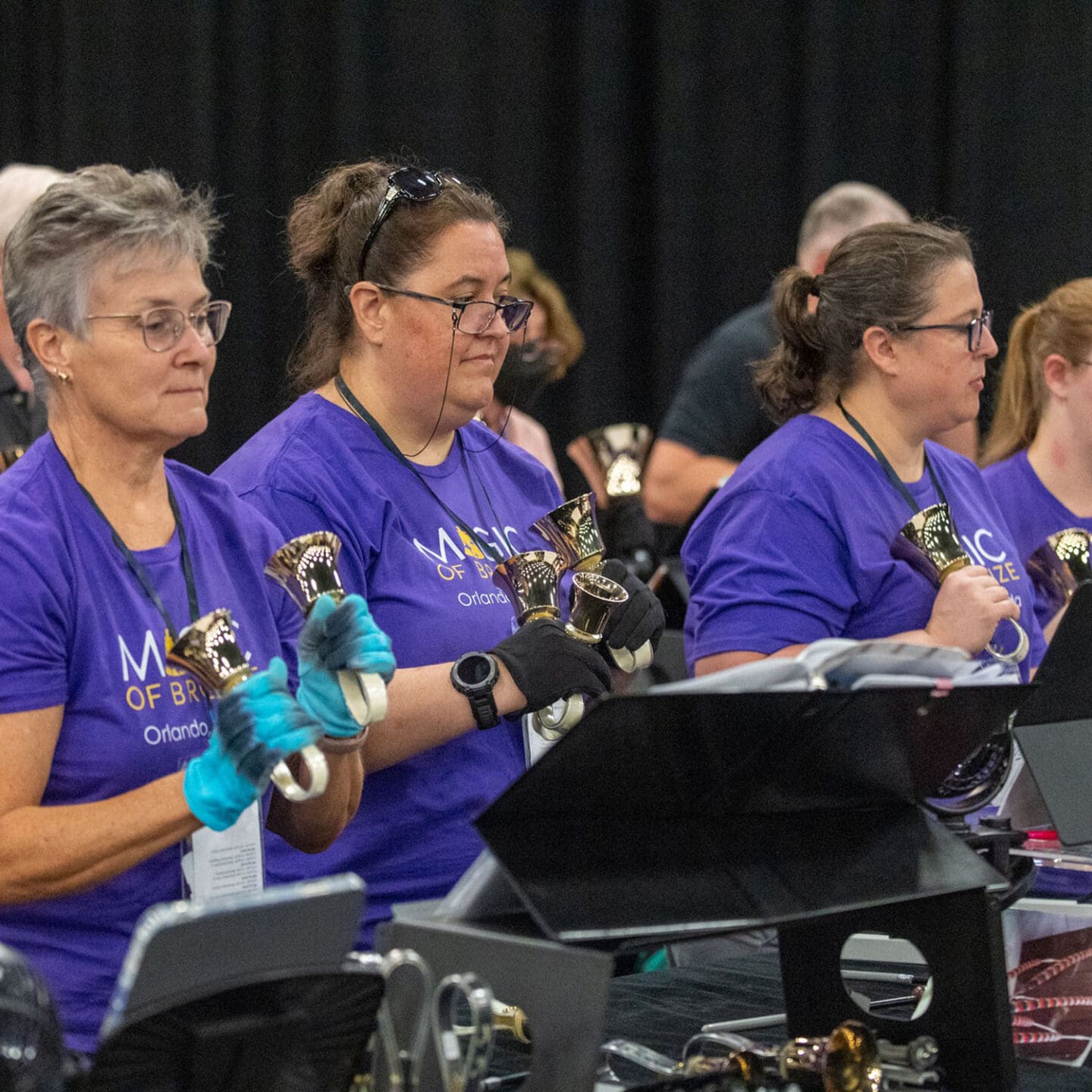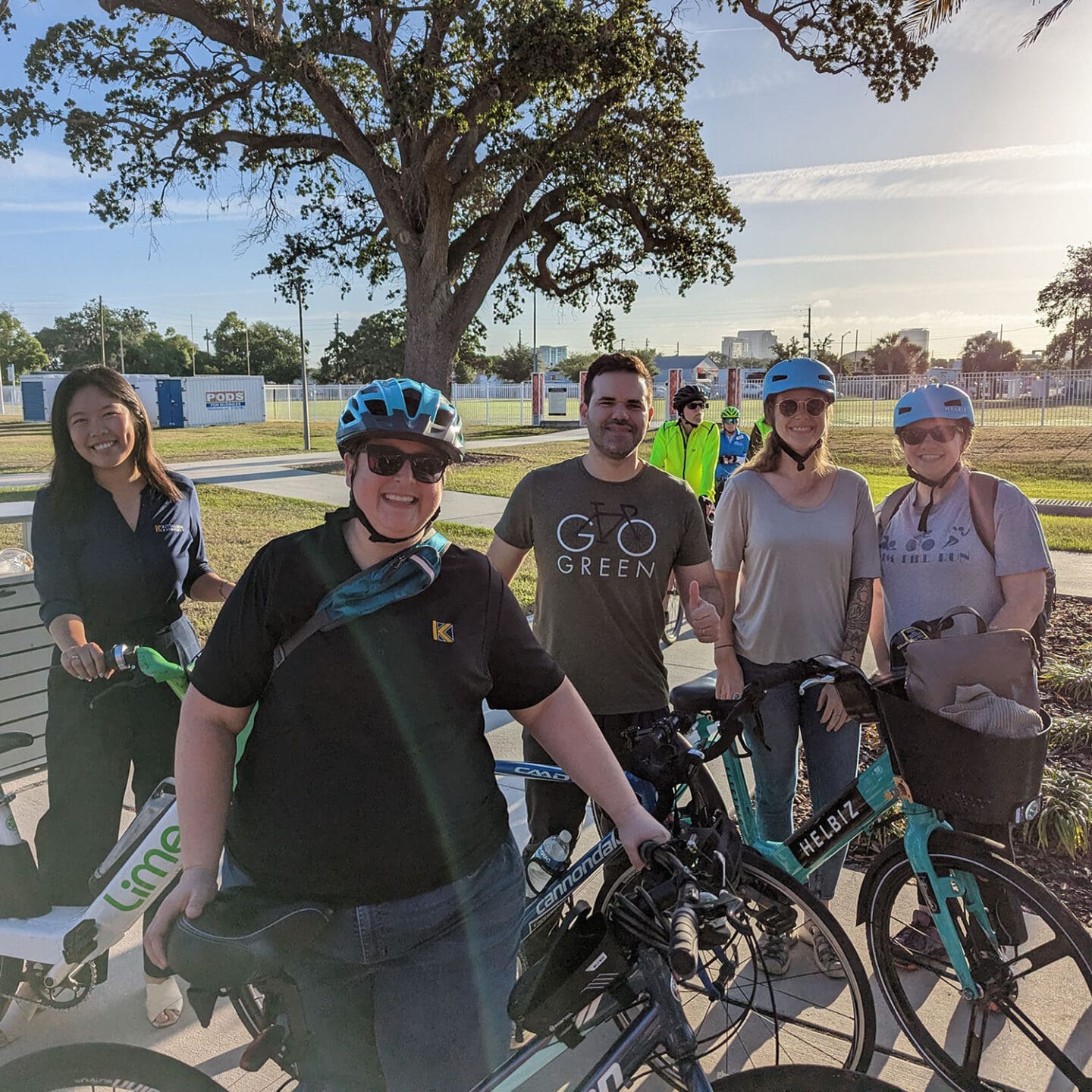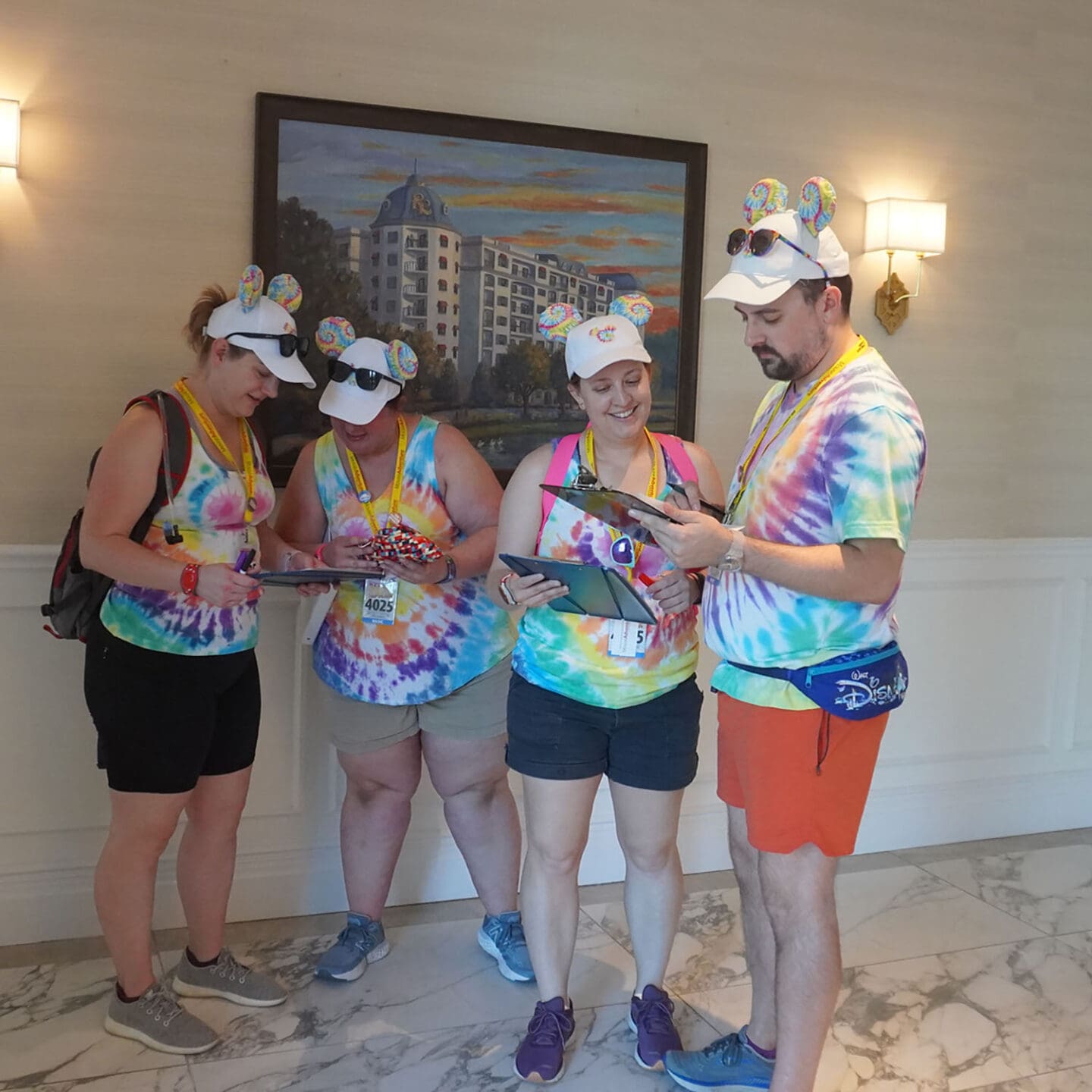“I love being able to make connections and figure out how to make something work better, which really applies to finding solutions for transportation challenges.”
We’re an interconnected nationwide team, but we each have our own reasons for being passionate about the work we do. This month, get to know Stephanie Shealey, senior engineer in our Orlando, Florida office.
How long have you been a transportation professional?
I’ve been in the field for over 14 years. I started at a metropolitan planning organization in Virginia and worked on regional planning activities, and then switched into the private sector in 2012 and primarily worked on development services. I joined Kittelson’s Orlando office in 2019 and have since expanded my efforts to work with local governments on traffic operation issues, special event analysis, and corridor planning. I enjoy working with cities and counties on improving their transportation networks.
Outside of work, I play handbells—imagine each key on a piano being turned into a bell and you assign a few bells to each person. It’s a musical instrument that requires a group of people working together to make music. I’m the president of Magic of Bronze, the community ensemble in Orlando. I love the community of local ringers we have created, as well as branching out nationally to ringers across the country.


Tell me about your pre-transportation background. How did you get here?
My dad is a civil engineer and I helped out at his firm when I was in high school, which gave me exposure into engineering. I always enjoyed math and science and thought I wanted to do structural engineering. I ended up doing a co-op at the Georgia Department of Transportation, where we received calls with complaints about the state highways. We called residents to understand their problem, went on site visits and collected data to analyze the issue, and proposed solutions. That experience got me hooked on transportation because I really enjoyed solving the real problems that people were having and making the transportation network better.
What types of projects do you work on?
I work on a variety of corridor planning, parking studies, and special event analysis projects mainly in Florida and the southeast. But the bulk of my work is development services projects, which involve assessing the impact of new developments on the transportation network and balancing the needs of the developers and the localities.
A common misconception is that development services work is formulaic and repetitive, but it’s actually very complex and rewarding. Development services combines many aspects of traffic engineering and transportation planning, and it is at the center of how land use and transportation interact to make a community. We get to help our clients build their projects in a way that promotes walkability, accessibility, and other big picture goals for the network.


What qualities, experiences, or skills have helped you be successful in your career?
My brain works in Excel, so the analytical side of the job really appeals to me and it’s something I’m good at. I also love doing puzzles (jigsaw, logic, pencil and paper, you name it) and being able to make connections and figure out how to make something work better, which really applies to finding solutions for transportation challenges.
What are you most excited about for transportation in 2024?
I’ve enjoyed seeing how some of the new technologies are impacting how we think about transportation. These technologies and disruptors, like e-scooters, rideshare services, electronic vehicles, and automated vehicles, have changed how people travel and interact with roadway systems, vehicles, and pedestrians. It’s the ever-changing puzzle that keeps me on my toes.
